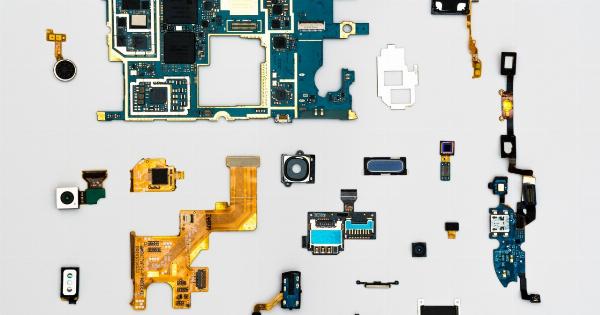The first-ever Robotic Urology Conference brought together the top researchers in the field of robotic surgery to discuss the latest advancements and techniques in the field.
The conference was held in a joint partnership between the American Urological Association and the Society of Robotic Surgery.
The Future of Robotic Urology
One of the main themes of the conference was the future of robotic urology. Many of the researchers predicted that within the next decade, robotic surgery will become the standard of care for many urologic procedures.
Robotic surgery offers many advantages over traditional surgery techniques, including faster recovery times, smaller incisions, and improved visualization. As the technology continues to improve, the possibilities for robotic surgery will only continue to grow.
Advancements in Robotic Technology
The conference also focused on the latest advancements in robotic technology. Many of the researchers presented their latest findings on the use of artificial intelligence and machine learning in robotic surgery.
These new technologies will allow surgeons to perform even more complex procedures with greater accuracy and safety.
Another exciting advancement is the use of robotics in the treatment of prostate cancer. Robotic surgery is particularly effective in the treatment of prostate cancer, which is the most common cancer among men.
The robotic approach allows for precise removal of the cancerous tissue while preserving the surrounding healthy tissue. This approach results in a faster recovery time and reduced risk of complications.
Training and Certification for Robotic Surgeons
The conference also featured discussions on the training and certification of robotic surgeons. With the rapid adoption of robotic surgery, there is a growing need for standardized training and certification programs.
The conference participants discussed the current training programs and accreditation systems, and explored ways to improve the quality of training and certification.
Collaboration and Knowledge Sharing
One of the greatest benefits of the conference was the opportunity for collaboration and knowledge sharing among the researchers. The attendees shared their latest findings, discussed best practices, and explored new ideas for future research.
This collaboration is essential for advancing the field of robotic surgery and improving patient outcomes.
Barriers to Adoption of Robotic Surgery
Despite the many benefits of robotic surgery, there are still some barriers to widespread adoption. One of the main barriers is the cost of the technology.
Robotic surgery systems require a significant investment, and many hospitals and clinics are still unable to afford the technology. However, as the technology continues to improve and become more accessible, the cost barrier is likely to decrease.
Another barrier is the lack of standardized training and certification programs. Without proper training and accreditation, there is a risk of errors and complications during surgery.
To overcome this barrier, there is a need for more comprehensive training programs and certification systems that are recognized by regulatory agencies.
The Future of Robotic Surgery
The first-ever Robotic Urology Conference was a huge success, bringing together the brightest minds in the field of robotic surgery.
The conference highlighted the tremendous potential of robotic surgery for improving patient outcomes and advancing the field of urology. As the technology continues to improve and become more accessible, it is likely that robotic surgery will become the standard of care for many urologic procedures.


























